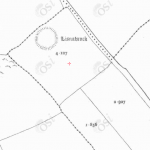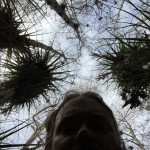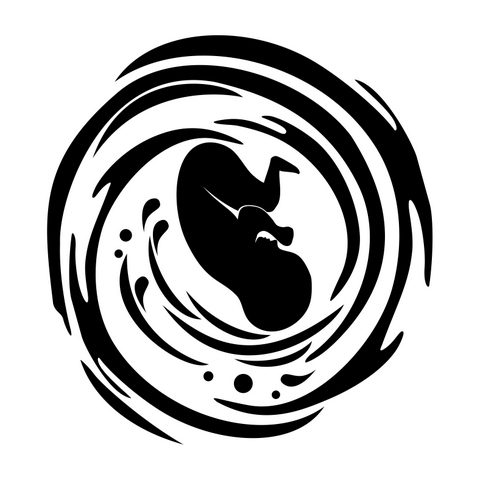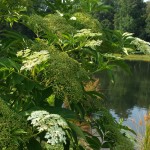I first heard of the idea of “boundary spaces” in anthropology and cultural geography classes in college. The idea instantly resonated with me because I’d spent many years living at the boundary of Anglo-American culture and Latino-American culture. I spent a lot of time in San Francisco Bay Area neighborhoods where the majority language is Spanish and shops have signs that announce “We speak English” not as a political statement but as a reassurance to potential customers. These are spaces which are both “Anglo” and “Latino” and then again not exactly either of those.
All spaces have boundary crossing spaces within them, because all spaces hold conflicting aspects of culture across their history. The previous culture rarely disappears completely. It may be subsumed or marginalized, but it is still there. That history of cultures and ideas bumping into each other flavors a place in a plethora of ways. It leaves its mark on the built environment, on the farming methods and foods, on the local colloquial words for things.
Some years after learning about the sociological significance of boundary spaces, I learned about the magic(k)al significance of them. I always imagine this significance in alchemical terms.
It is in the boundary spaces that chemical reactions happen — this ingredient meets that ingredient and they react to create something completely different. Some times the interaction creates a single, united blend of the ingredients. Other times it creates a reaction whereby some pieces of each ingredient join together and other parts of each ingredient are exiled into the atmosphere.
So, too, we work magic(k) on ourselves and our societies when work with these places where disparate experiences meet.












